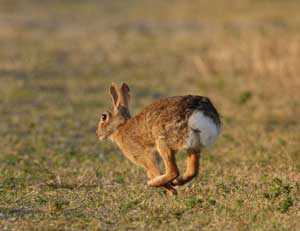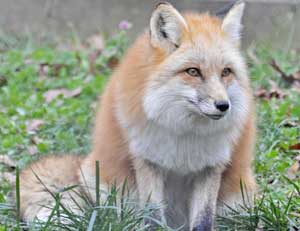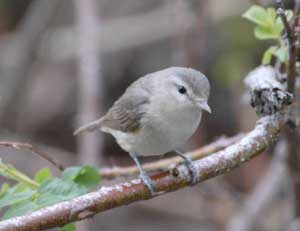Focal Places in Burlington
The South End: Wildlife
The city of Burlington and its surrounding suburbs are home to many wild species of plants and animals and a variety of spacious forests and parks. Yet the city’s south end has very few locales designated as parks or natural areas. In fact, from an aerial view, the south end has very few green spaces at all. The main natural areas in the south end are arguably limited to the Lake Champlain shoreline, Oakledge Park, and the Barge Canal.
From a bird’s eye view, you might also notice woods along Englesby Brook the old rock quarry on the east side of Route 7, and the 19 acre Calahan Park, which the city maintains as baseball diamonds, a soccer field, playgrounds, and tennis and basketball courts along Locust Street. While compared to much of Vermont, this may not seem like expansive habitat for wildlife. Yet within and around these green spaces, urban wildlife exists.
Barge Canal Wildlife:
-

White-tailed deer
-

Cottontail
-

Crow
-

Raccoon
-

Red Fox
-

Skunk
-

Vireo
-

Flock of Crows
-

White-tailed deer
The land surrounding the Barge Canal is an undeveloped area along the railroad tracks. This upland habitat is in a stage of early succession, having been the grounds on which major industry (and disturbance) occurred less than a century ago. The overstory surrounding the acres of open space is surrounded by cottonwoods, a fast growing, early succession species. A recent planting of many saplings in the open spaces has brought the promise of a diverse forest to the area as well. There are a variety of these planted tree species growing among the tall grasses including red osier dogwood, box elder, white ash, multiple viburnum species, and multiple species of maple. That each of these saplings is shielded with protective fencing, gives a hint that the land managers want to keep hungry local deer off the tasty buds. (It doesn’t seem to be deterring the deer though. The buds on the tips of many twigs have been nibbled away.)
Animal Residents:
In addition to deer, the Barge Canal and the south end in general provide a livable habitat for many adaptive animals. Raccoon, skunk, red foxes, cottontails, and –of course-red and grey squirrels are commonly seen in the fields and yards of the south end. Some common nesting birds, which migrate here each year, include yellow warblers, orioles, warbling vireos, and other small songbirds. Year-round residents include chickadees, nuthatches, goldfinches, cardinals and waxwings.
Of all the avian, south end residents, there is one species that makes its presence particularly known: the American Crow. Crows are known to roost in large groups in the winter months. For several consecutive winters, the south end has been the primary backdrop where thousands of crows gather, extraordinarily, every night. They come from all over the city -and from miles beyond- to gather just before dusk. They settle loudly into the canopy in an enormous group where they remain together in the darkness until dispersing at dawn. Though their exact location varies throughout the winter, they have consistently stayed in the clusters of trees along the south end corridor for years.